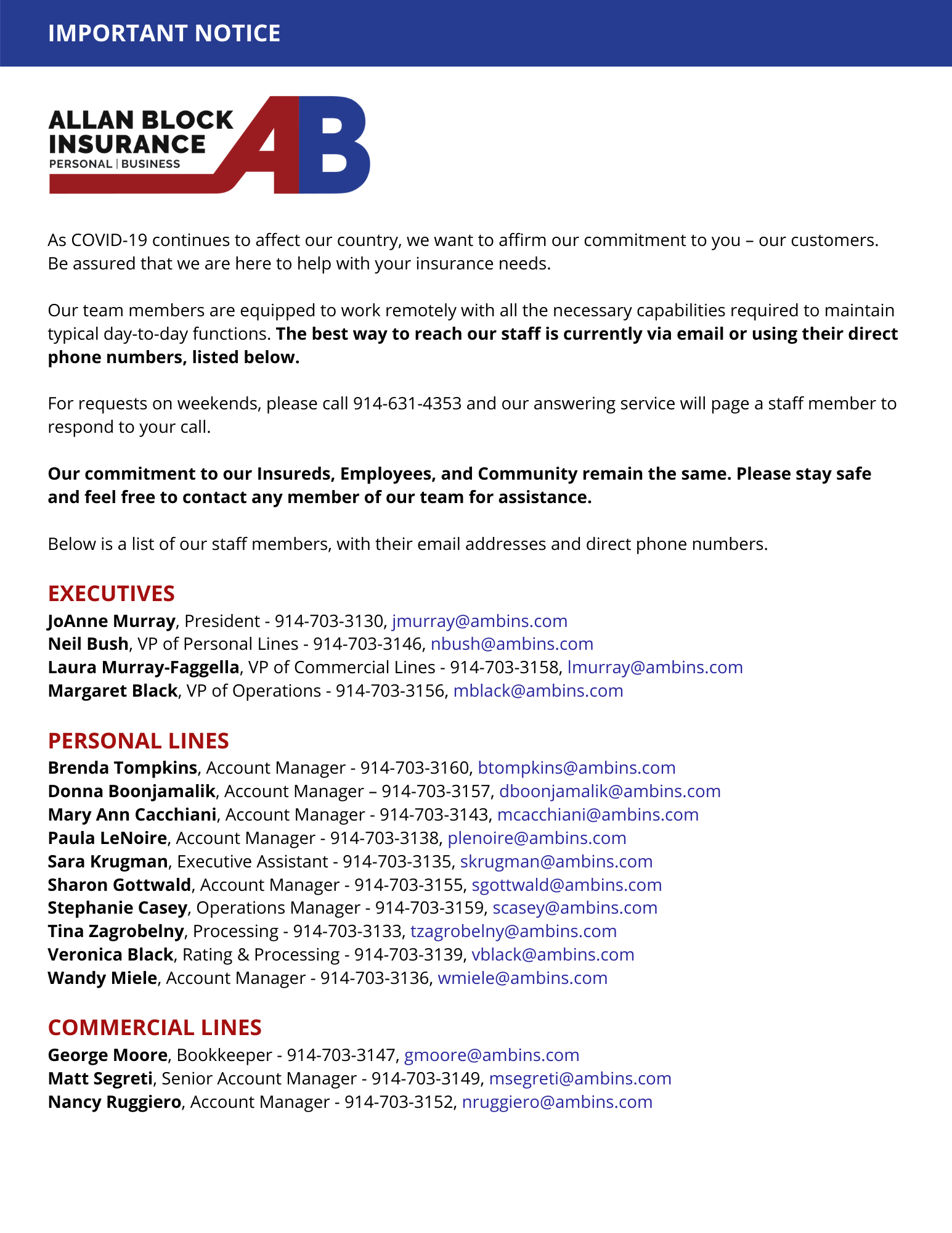Are you prepared for the in-depth evaluation that will accompany a workers compensation claim if an employee gets injured on the job?
Businesses that provide clearly defined job descriptions — and adhere to them in the workplace — can avoid many workers compensation claim headaches. The job description serves four important roles.
- It clarifies what an employee is expected to do, is trained to do, and is allowed to do.
- It provides an excellent reference point for supervisors, who can correct employees who step outside their assignments or capabilities — a frequent source of harm.
- It aids the insurer in expeditiously evaluating a claim.
- It can aid job recovery. A detailed, up-to-date job description can help an employer and its workers compensation claim manager develop a proper return-to-work program for an injured employee. Since the specialists involved in medical treatment, physical and occupational therapy, and return-to-work planning would not have observed the claimant’s work prior to the injury, that job write-up can provide important context regarding the physical, emotional, intellectual and specialized demands of the role held when the injury occurred. Such job descriptions will also identify available alternative roles in your company that could accommodate a recovering or permanently disabled employee.
Take a good look at your job descriptions and see to it that supervisors use those to manage workloads and duties. Updating and tailoring them to individual employees may help with payroll classification and safety monitoring so your business has the best inventory of who is doing what.



